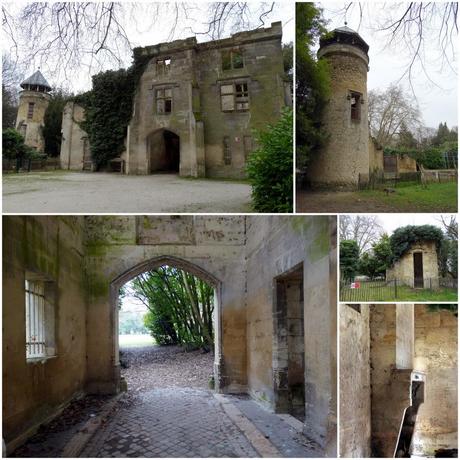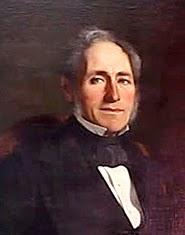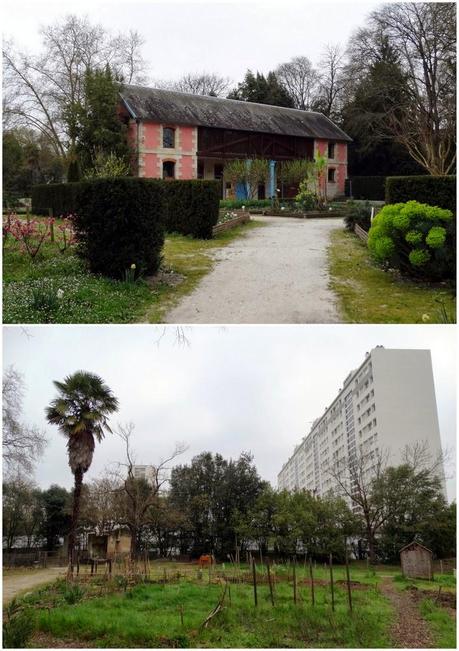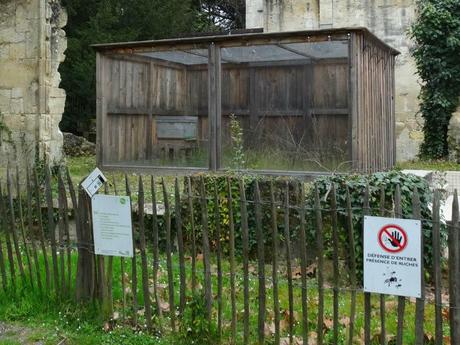 During my time documenting the Bordeaux area, I’ve done my best to uncover some of the city’s best-kept secrets, and Parc Rivière is one such example of the lesser-known jewels in the Bordeaux crown.
During my time documenting the Bordeaux area, I’ve done my best to uncover some of the city’s best-kept secrets, and Parc Rivière is one such example of the lesser-known jewels in the Bordeaux crown. This ten-acre landscaped park (that’s four hectares) lies between the bourgeois houses of the Tivoli quarter and the high-rise blocks of the Grand-Parc district. It is, in effect, land which has been reclaimed from a bourgeois mansion built in the 19th century, the ruins of which form the centrepiece of the park.
The private residence was built around 1827 and originally belonged to Baron Alfred de Luze. The Frankfurt-born De Luze, whose father was Swiss and mother German, had arrived in Bordeaux in 1920, setting up a successful trading company (“maison de commerce”), building on the riches already amassed by an import-export company previously founded with his brother in New York.

The mansion in all its glory including, bottom-right, a peek through a gap at the indoor fireplace!
In Bordeaux, De Luze went on to marry Georgina Johnston, from the Scottish wine-trading dynasty who had become key players on the Bordeaux scene. Among the five sons born to the wealthy couple, four went on to earn their living in the lucrative wine industry: Alfred Henri went on to own a château in Lormont, Maurice - a member of the Bordeaux tribunal de commerce - reportedly owned Château de Peixotto in Talence, Francis became the owner of Château Paveil, producing Margaux “cru bourgeois” wine (the château is still in the family) and Charles subsequently took over ownership of this, Château Rivière.
The mansion's first owner,
Baron Alfred de Suze.
Source: chateaupaveildeluze.com
The château was sold on to the city of Bordeaux in 1977 and the grounds were gradually converted into what would open as a public park five years later, in 1982. And that is how it remains today: a park with a difference given the walk-through ruins of the mansion at its heart, but also due to the wealth of little features that make it that little bit special.
These include the château’s former stables, now home to the city’s “Maison du jardinier et de la nature en ville”, which provides a meeting point for urban gardeners. The Maison puts on a wide-ranging programme of events for beginners, experts and anything in-between, as well as boasting a well-stocked resource and training centre, not to mention a greenhouse and well-tended garden.
Nearby, "Les Carrés de Cultures" form a collective gardening plot enabling city folk to plant fruit, vegetables and generally get soil under their fingernails. Its location on the eastern ridge of the park makes for a stunning contrast between the grassroots agricultural efforts and the massive silhouette of the neighbouring Résidence Tivoli apartment block.

The Maison du jardinier and the Carrés de Cultures gardening plot,
with the imposing Résidence Tivoli in the background.
Beehives have been installed close to the ruins of Château Rivière itself. Although inaccessible to the general public, the sound of bees hard at work can be heard distinctly; that part of the park is, quite literally, buzzing with life.

Finally, as in many parks and squares throughout the city, a “boîte à lire” self-service borrow-and-lend library bookcase can be found – it appears to be particularly popular and certainly contains a higher-than-average selection of books and magazines.

The boîte à lire (in use while I was there), QR codes adding an augmented reality layer
to the trees in the park, one of the many bird nesting houses and, yes, a squirrel.
